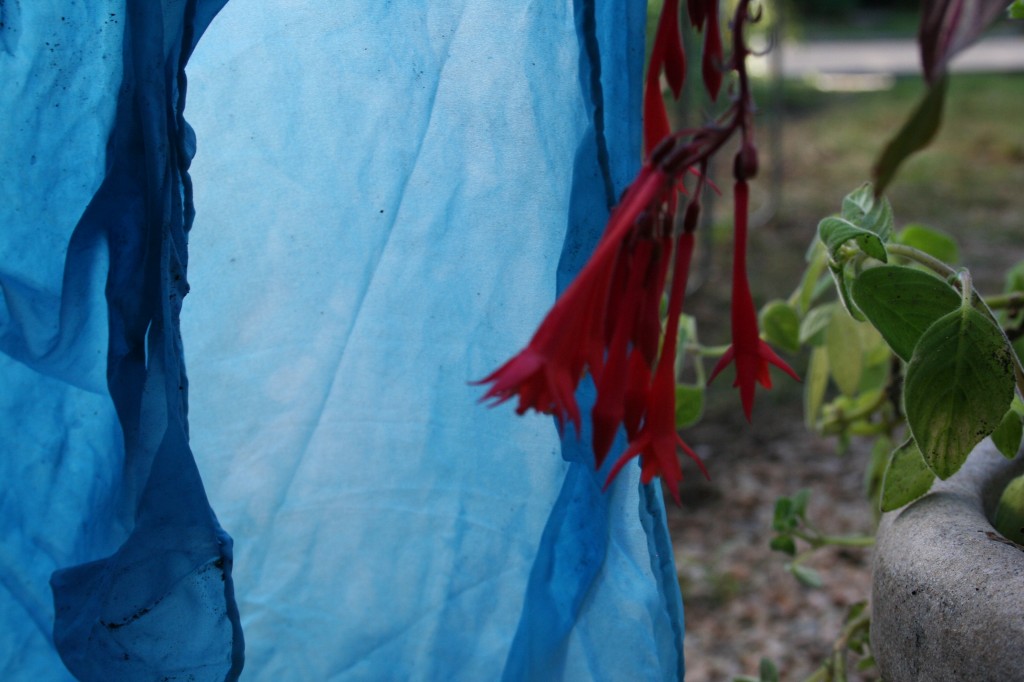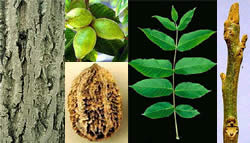Look at everything in nature and wonder – what color would it make if used in a dye bath?
“Plants have been used for natural dyeing since before recorded history. The staining properties of plants were noted by humans and have been used to obtain and retain these colors from plants throughout history. Native plants and their resultant dyes have been used to enhance people’s lives through decoration of animal skins, fabrics, crafts, hair, and even their bodies. Natural dye materials that produce durable, strong colors and do not require the addition of other substances to obtain the desired outcome are called substantive or direct dyes. Sumac (Rhus species) and walnut (Juglans species) are native plant examples of direct dyes. Because these species are high in tannic acid, they do not require additional substances to be added for the dye to attach to fibers and form a durable bond. Dyes that need this type of assistance are called adjective or mordant dyes,” according to the USDA Forest Service which features a section on native plant dyes, with images and color charts.

Color can be grown. Start now. CB/MDK
Marigolds, black-eyed Susans, tansy, zinnia, herbs. Planting more seeds now for choices of color yet to be. Skeins of undyed wool wait in an old washtub.
During the War Between the States, uniforms in the South were more often dyed and sewed at home.
“They would dye it in a mixture of walnut hulls, acorns, and lye until it was a light tan color that they called butternut.” – www.civilwar.org
The indigo dyed cloth and flower seen above is from a summer workshop. It was hot and late in the day, but the memory of seeing magic as the fabric emerged from the dyepot is indelible. Can’t wait for more.



